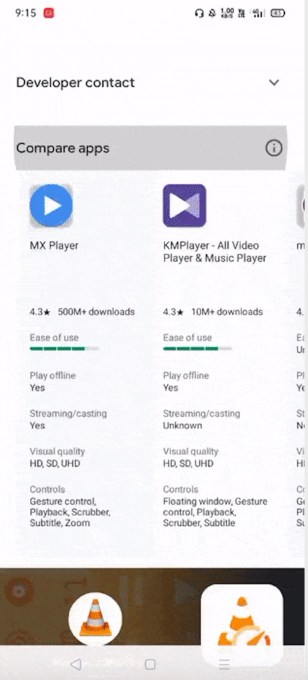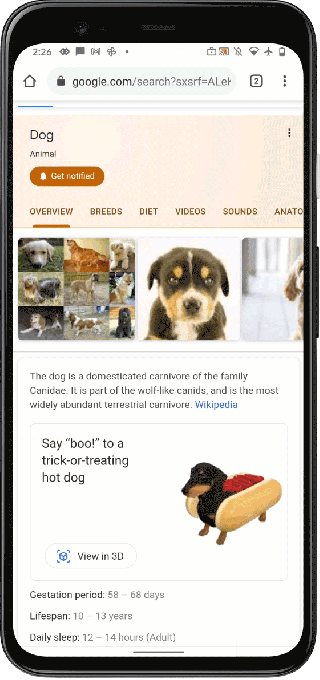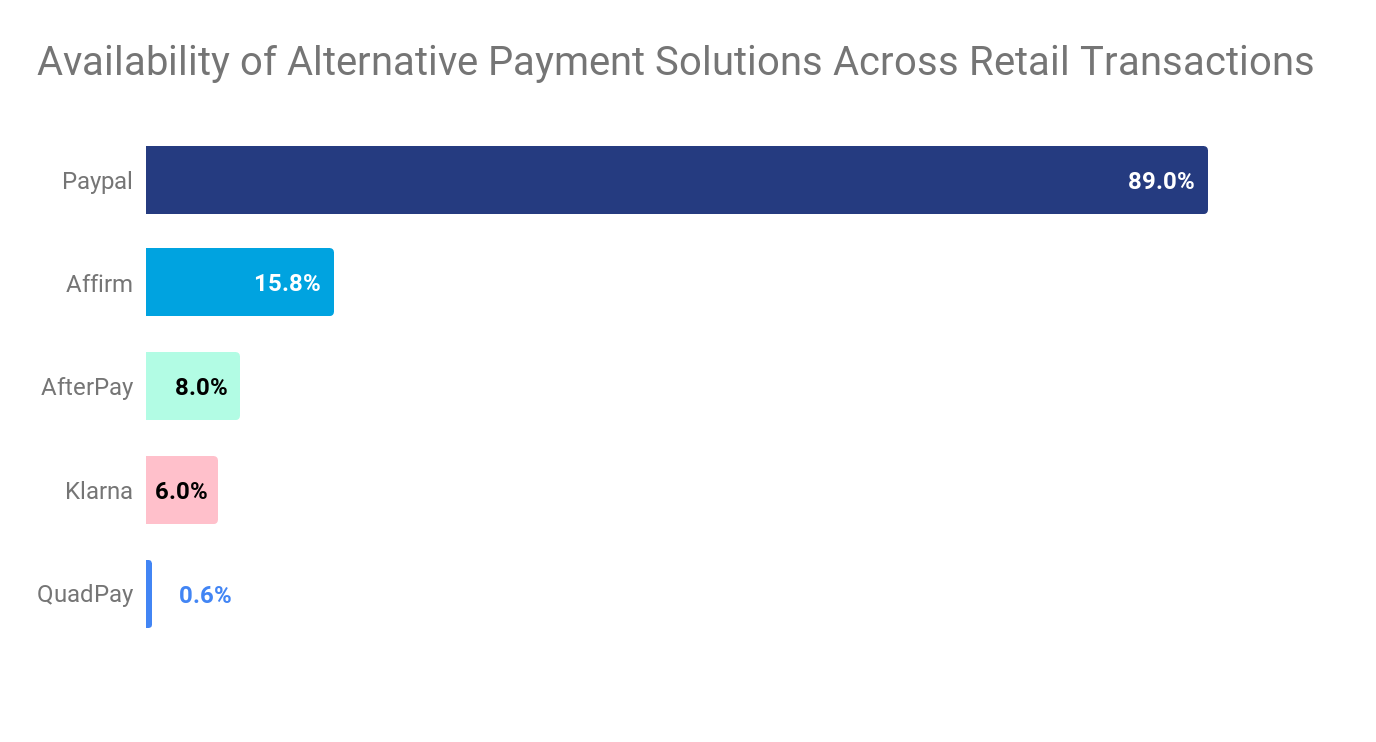News: Twitter revenue rises 14%, but user growth fails to impress
Twitter continued to see its traffic rise in the third quarter, thanks to that trifecta of returning sports, the presidential campaign and the COVID-19 pandemic. But there wasn’t quite enough growth to appease Wall Street. Twitter beat out analyst expectations on revenue and net income; However, Wall Street appeared to get stuck on Twitter’s user
Twitter continued to see its traffic rise in the third quarter, thanks to that trifecta of returning sports, the presidential campaign and the COVID-19 pandemic. But there wasn’t quite enough growth to appease Wall Street.
Twitter beat out analyst expectations on revenue and net income; However, Wall Street appeared to get stuck on Twitter’s user growth figures and sent shares lower in after-market trading. Twitter’s MDAUs — the company’s internal audience metric that measures monetizeable daily active users — hit 187 million in the third quarter. That’s a razor thin improvement from the 186 million the company reported in second quarter of this year and growth from the 145 million in the third quarter in 2019. Analysts from FactSet had expected 195 million MDAUs.
Shares were down nearly 15% in after-market trading.
Twitter reported Thursday net income of $29 million in the third quarter, or 4 cents per diluted share, a decline from the same time period last year, when the company brought in a net income of $47 million at 5 cents per diluted share. Adjusted earnings were 19 cents a share.
The company’s revenue came in at $936 million, up 14% from the same period last year. Analysts had expected revenue of $777 million.
Twitter’s ad revenue also grew 15% to $808 million. Total ad engagement rose 27% over the same period in 2019. The return of live events as well as increased and previously delayed product launches helped boost ad revenue, Twitter CFO Ned Segal said.
“We also made progress on our brand and direct response products, with updated ad formats, improved measurement, and better prediction. We remain confident that our larger audience, coupled with ongoing revenue product improvements, new events and product launches, and the positive advertiser response to the choices we’ve made as we have grown the service, can drive great outcomes over time,” he added.
The U.S., Twitter’s biggest market, accounted for $513 million in revenue, a 10% increase YoY.
However, Twitter warned that the holiday season and U.S. election could impact advertiser behavior.






